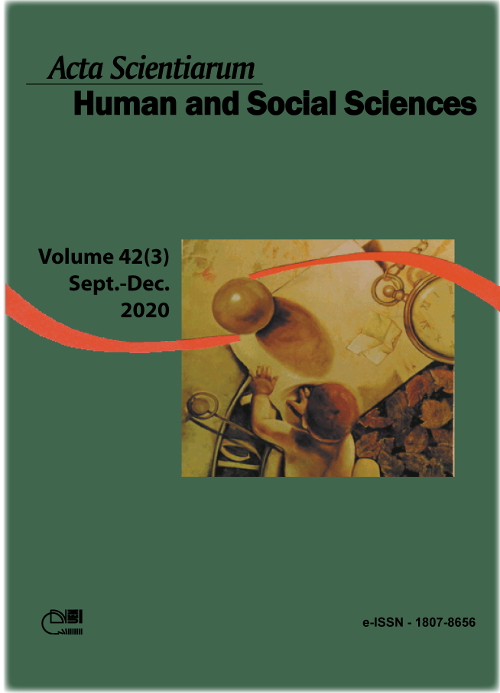Self-Organization: a small review and quick proposal for use
Abstract
Self-organization is a process that has been widely discussed in several areas of study and has been articulated with an increasing number of areas of knowledge. The focus of this article is to carry out a review of the main concepts of self-organization such as primary, secondary self-organization, attractors and forming elements, in addition to other concepts related to these, for example, determinism and autopoiesis. To this end, the views of classic authors on the subject, such as Ashby and Von Foerster, will be quickly reviewed, with special attention to Michael Debrun’s position. A secondary point of this article, which is more concisely disposed at the end of the text, is to reflect on the possibility of applying the concepts of self-organization to studies of scientific practice. When assessing the potential of studying ‘science’ within a self-organizational approach, it is possible to see how it seems to be fruitful and versatile.
Downloads
DECLARATION OF ORIGINALITY AND COPYRIGHTS
I Declare that current article is original and has not been submitted for publication, in part or in whole, to any other national or international journal.
The copyrights belong exclusively to the authors. Published content is licensed under Creative Commons Attribution 4.0 (CC BY 4.0) guidelines, which allows sharing (copy and distribution of the material in any medium or format) and adaptation (remix, transform, and build upon the material) for any purpose, even commercially, under the terms of attribution.
Read this link for further information on how to use CC BY 4.0 properly.























